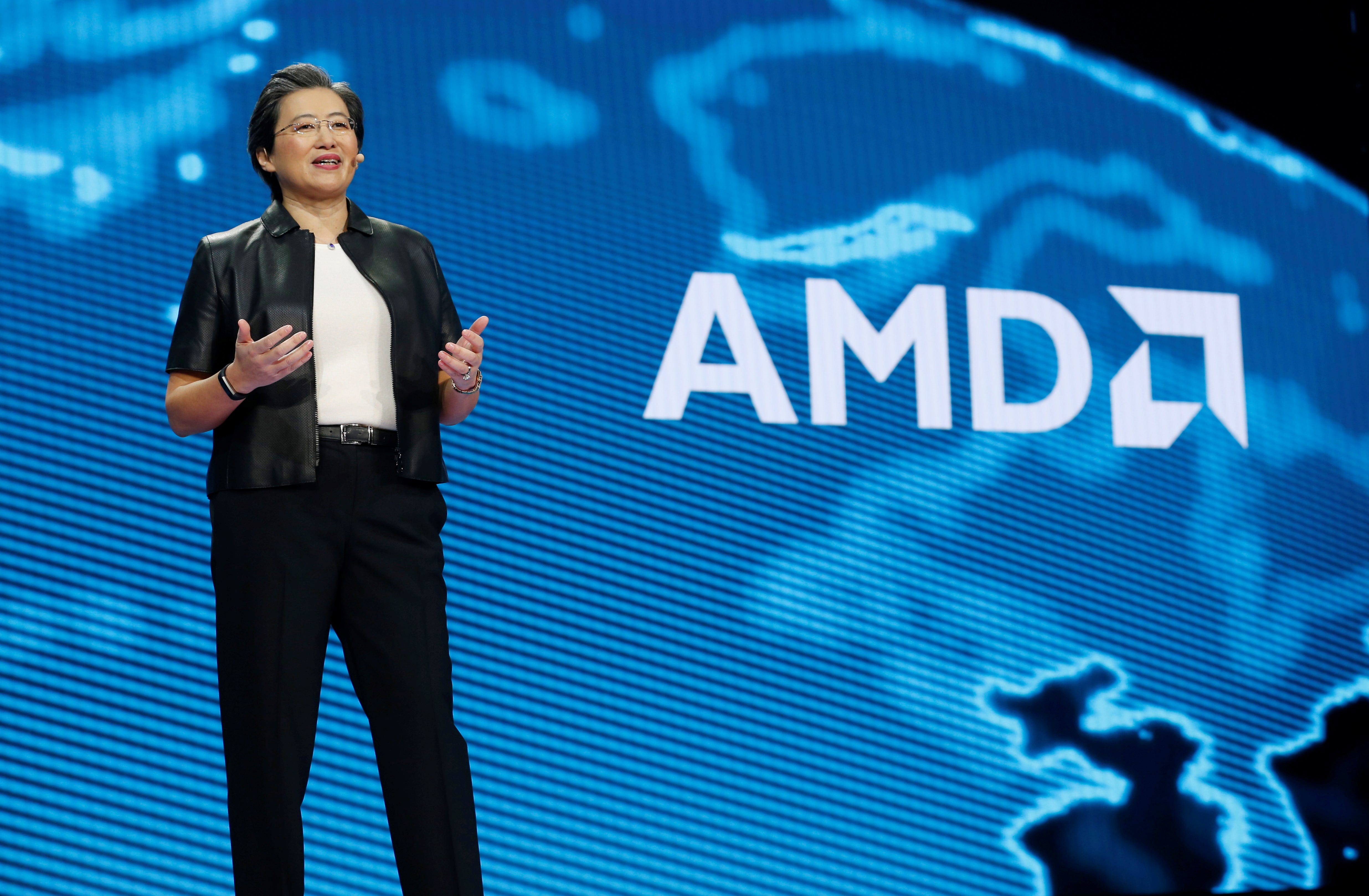
REUTERS/Steve Marcus
- AMD’s CEO, Lisa Su, grew up in Queens and obtained three degrees from MIT.
- She’s credited with turning AMD into a roughly $270 billion powerhouse and rival to Nvidia in AI chips.
- Here is a look at her career rise, personal life, and challenges over the years.
Lisa Su is the engineer behind one of the most dramatic corporate turnarounds in the tech industry.
The Taiwanese American CEO is widely credited with transforming AMD from a struggling semiconductor firm on the brink of collapse into a global powerhouse competing head-to-head with Intel and Nvidia.
When Su joined AMD in 2012, the company’s market value was under $2 billion. Within a decade of her leadership, AMD’s innovations in high-performance computing and graphics, especially the Ryzen CPUs and EPYC server processors, catapulted the company’s value to roughly $270 billion as of October 2025.
But Su’s leadership has not been without challenges. AMD’s two largest competitors, Nvidia and Intel, are now working together in a strategic collaboration. Under the second Trump administration, export regulations related to China, one of AMD’s largest markets, are also constantly changing.
Here’s a look at the timeline of Su’s career, from her early life in New York City to her role as one of the most influential women in tech and innovation:
Early life, family

Tony Shi Photography/Getty Images
Lisa Tzwu-Fang Su was born in Tainan, Taiwan, in 1969, to Su Chun-hwai and Sandy Lo. Her family immigrated to the US when she was around the age of three, because her father, a statistician, was pursuing his graduate studies at the University of Texas in Austin. Her mother at that time was an accountant. The family eventually settled down in Queens, New York City.
As a child, Su liked to take apart and rebuild remote-controlled cars and other gadgets, which sparked her interest in engineering. She eventually attended The Bronx High School of Science and graduated in 1986.
Education
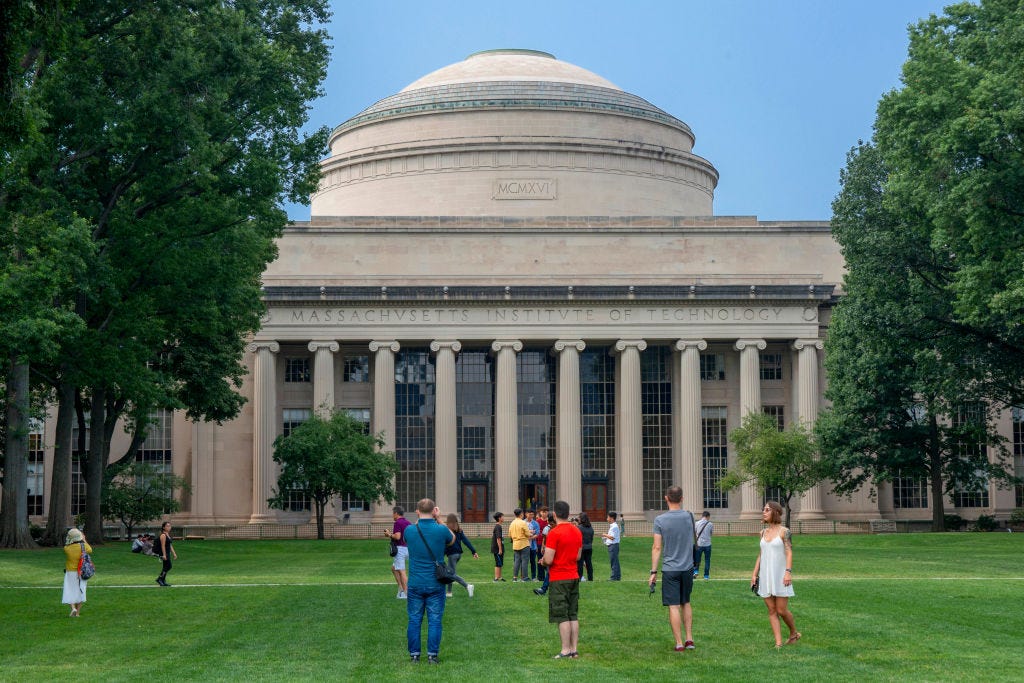
Sergi Reboredo/VW Pics/Universal Images Group via Getty Images
Su attended the Massachusetts Institute of Technology in Boston for many years and focused on electrical engineering. She eventually completed her bachelor’s, master’s, and doctoral degrees all at MIT throughout the 1990s.
Su’s doctoral work on MOSFETs — tiny electronic switches inside computer chips — helped cement her future in some of the world’s best-known semiconductor companies.
Semiconductor research
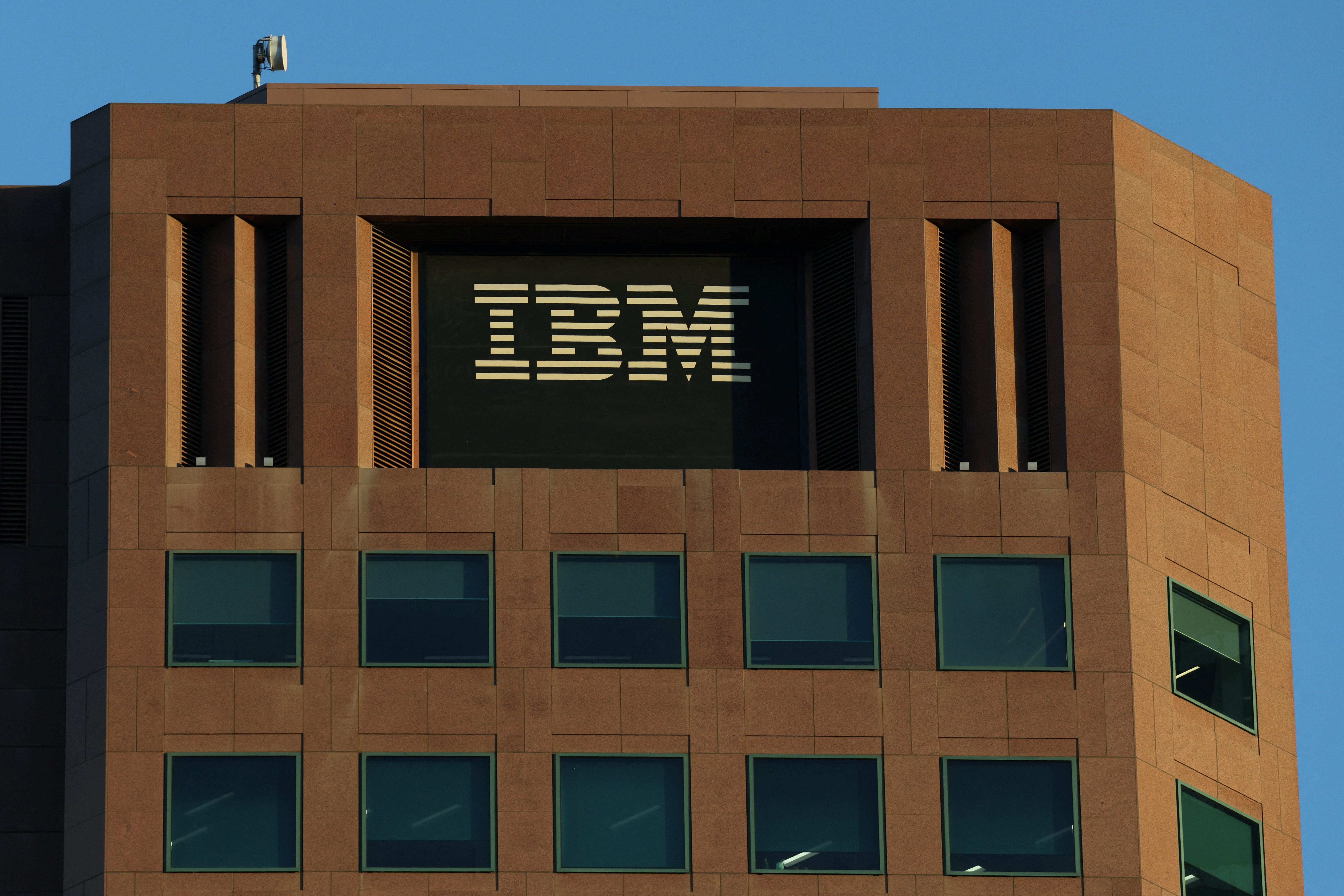
Hollie Adams/REUTERS
After leaving the academic environment, Su worked in engineering, research, and managerial positions at Texas Instruments, IBM, and Freescale Semiconductor.
As the lead scientist at the IBM Semiconductor R&D Center, she contributed to the development of copper interconnects in chips, replacing aluminum ones. Her later role as senior vice president and general manager at Freescale, where she prepared the company for its IPO, gave Su the experience she needed to take on roles beyond research.
Joining AMD
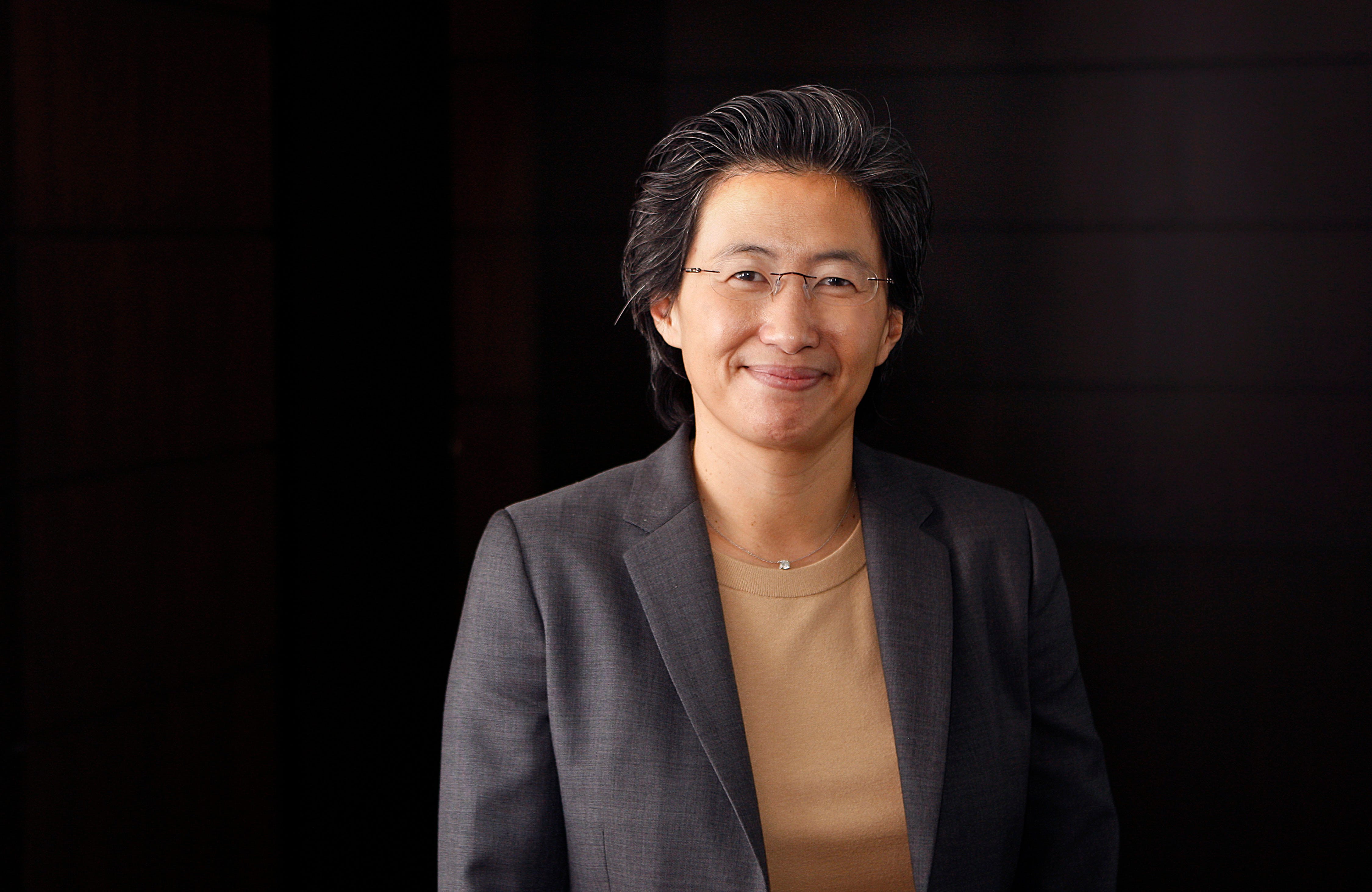
Liz Hafalia/The San Francisco Chronicle via Getty Images
Su joined AMD in 2012 as the general manager of Global Business Units. AMD’s market cap that year was a little less than $2 billion.
At that time, most of AMD’s revenue came from traditional chips for PCs. However, the PC market was shrinking in the early 2010s while demand for smartphones and tablets was booming.
AMD began to adopt a “semi-custom” approach, which involved taking its core technologies and modifying them based on individual customer needs. This approach helped secure contracts to design and manufacture chips for Sony’s PlayStation 4 and Microsoft’s Xbox One, which reduced reliance on the PC market.
In October 2014, Su was promoted to become President and CEO of AMD.
The big AMD turnaround
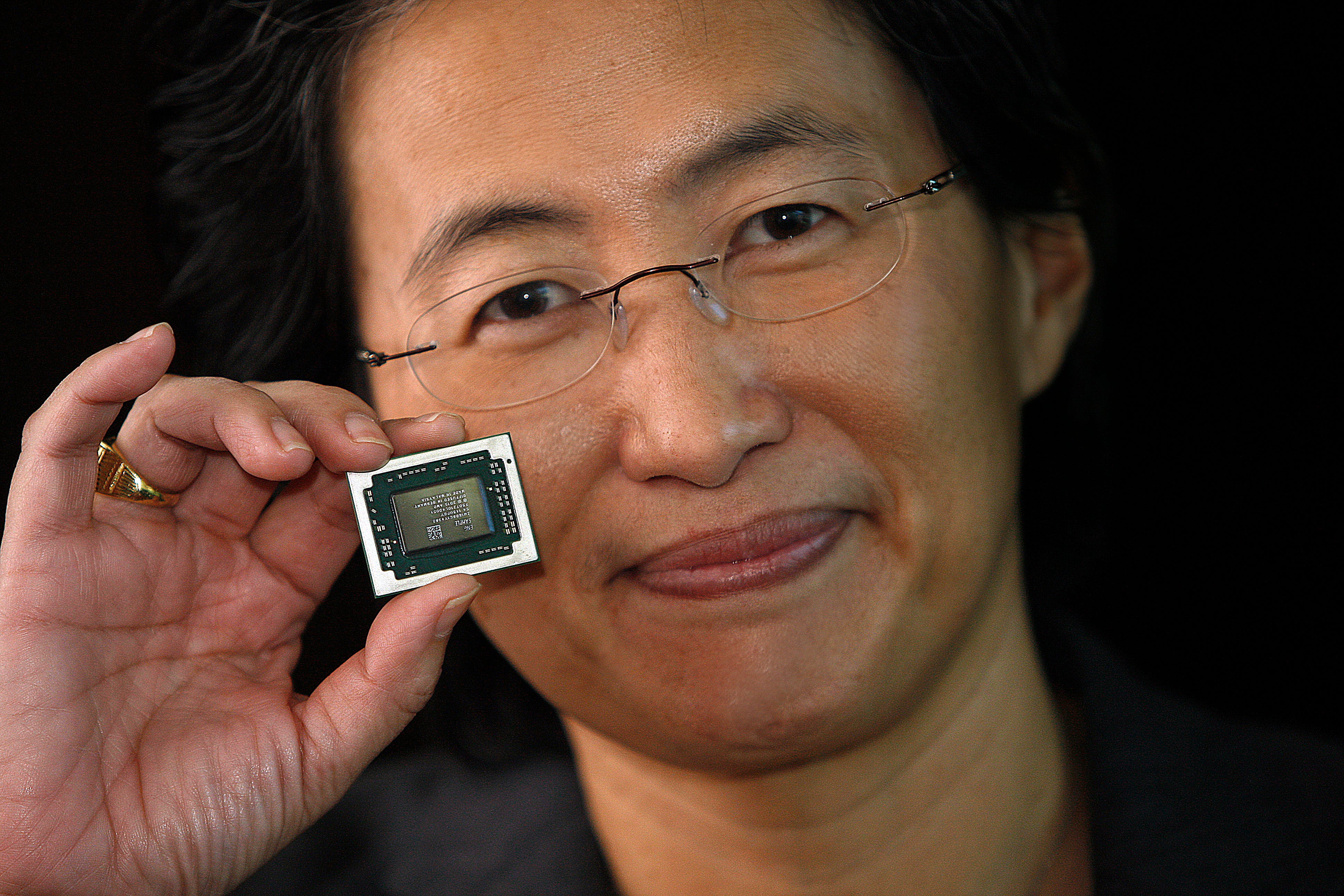
Liz Hafalia/The San Francisco Chronicle via Getty Images
In 2014, AMD had a large but scattered portfolio of chips for PCs, embedded systems, graphics, and low-power mobile, but the lack of focus was causing the company to lose market share to Nvidia and Intel.
In a change of direction for the company, Su decided to discard the market of low-power chips with small margins to focus on producing high-end chips for the cloud, data centers, and consoles.
The development of the Ryzen chips helped revive its market share among consumer products, while the simultaneous launch of the EPYC processor chips helped carve its share among data centers and servers. Companies with a large demand for cloud, like Amazon, Microsoft, and Google Cloud, have all been adopting EPYC chips.
In 2018, AMD also managed to launch the world’s first 7-nanometer data center GPUs, namely the Radeon Instinct MI50 and MI60.
By 2020, AMD’s market cap had reached over $110 billion.
An early viral moment

Screenshot via YouTube
Before Su started gracing magazine covers, she went viral in a clip from the 2018 Chinese Grand Prix, where Formula 1 commentator Martin Brundle yelled, “Excuse me, Ma’am, do you speak English?” at the CEO, who was sponsoring the event.
“I’m with AMD,” Su said, a response that immediately gained her the internet reputation of being humble. The original clip on YouTube has garnered more than 750,000 views and continues to circulate on Instagram Reels as an example of humility.
Honorary buildings at MIT
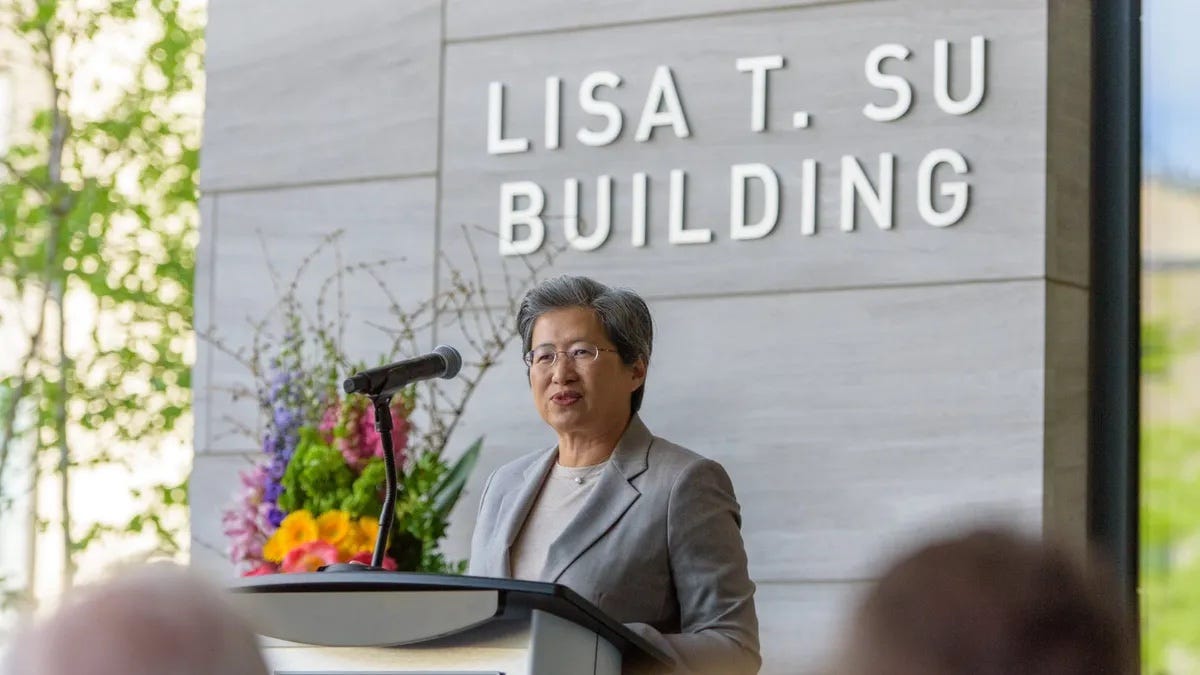
MIT
In 2022, Su became the first MIT alumna to make a gift for a building that will bear her own name. Originally called Building 12, the home of MIT.nano was renamed the Lisa T. Su Building.
Su also regularly appears at MIT’s doctoral commencement ceremonies and established the Lisa Su Fellowship Fund, which supports female graduate students at MIT who have made accomplishments in nanotechnology.
Her marriage to Daniel Lin
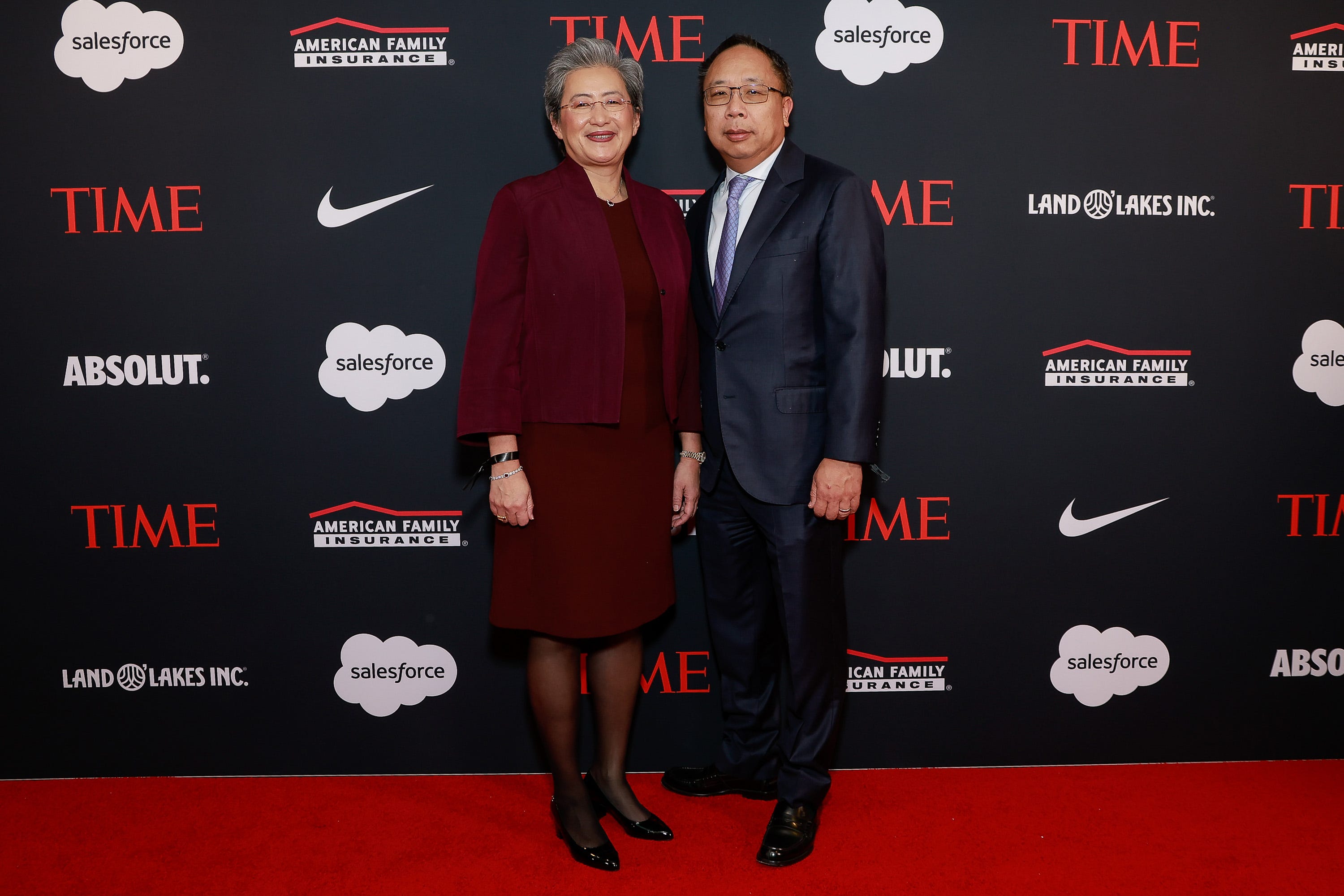
Jason Mendez/Getty Images
Su leads a very private life outside her role at AMD. Her spouse is Daniel Lin, but it is unclear when the pair got married or if they have children. There are no verifiable records of Lin’s profession, and he is not a public figure, though the pair often appear in public events together.
Lisa Su’s downtime
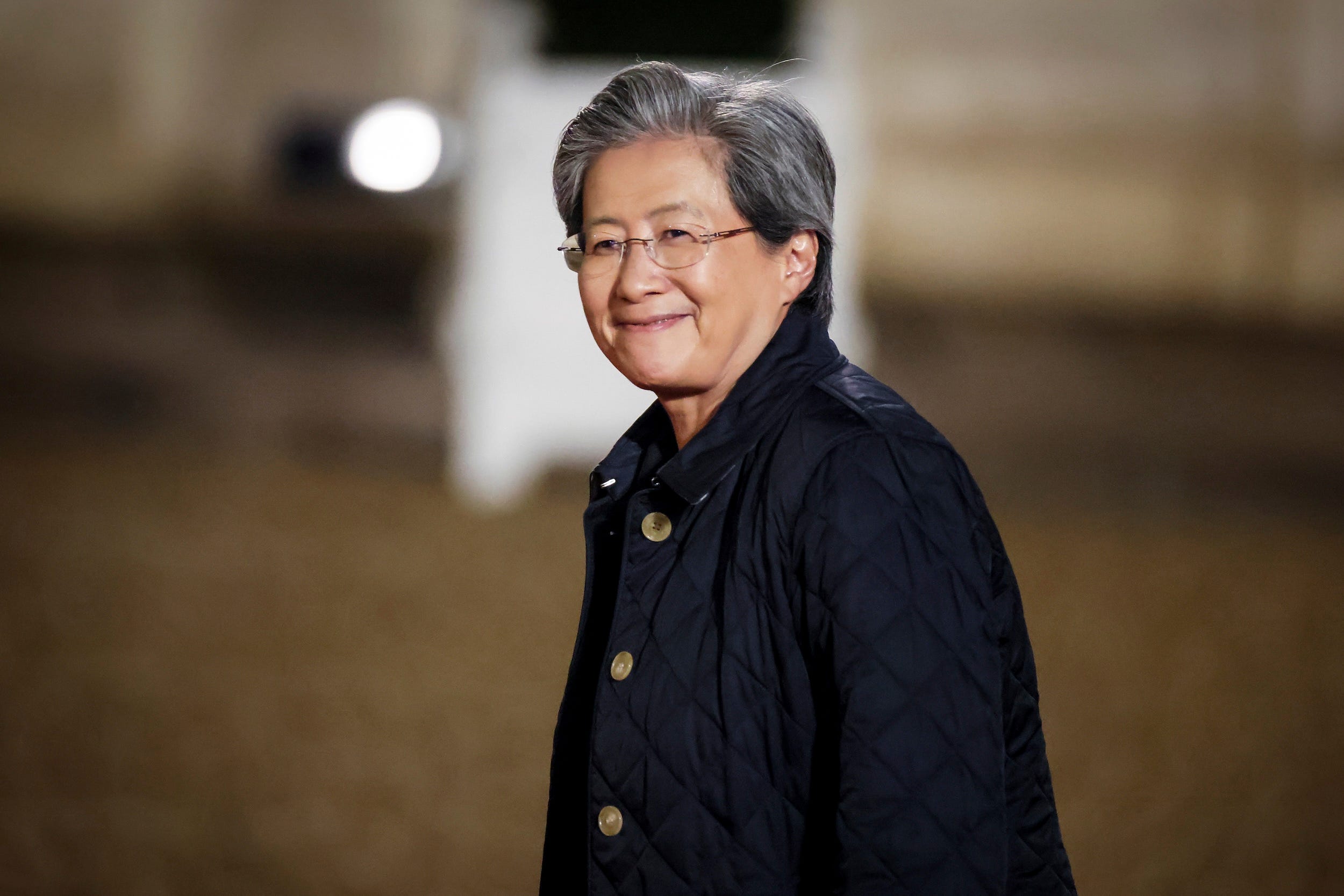
Thomas Padilla/AP
Su told Wired what keeps her going: She boxes with a trainer at her house for exercise, enjoys a good passion tea lemonade from Starbucks, and gets between five and six hours of sleep every night — seven on weekends.
CEO of The Year

Noam Galai/Getty Images for TIME
Su’s work at AMD was recognized by Time magazine in 2024, which named her CEO of the Year. She became the first woman to receive this title.
Su is related to her competitor
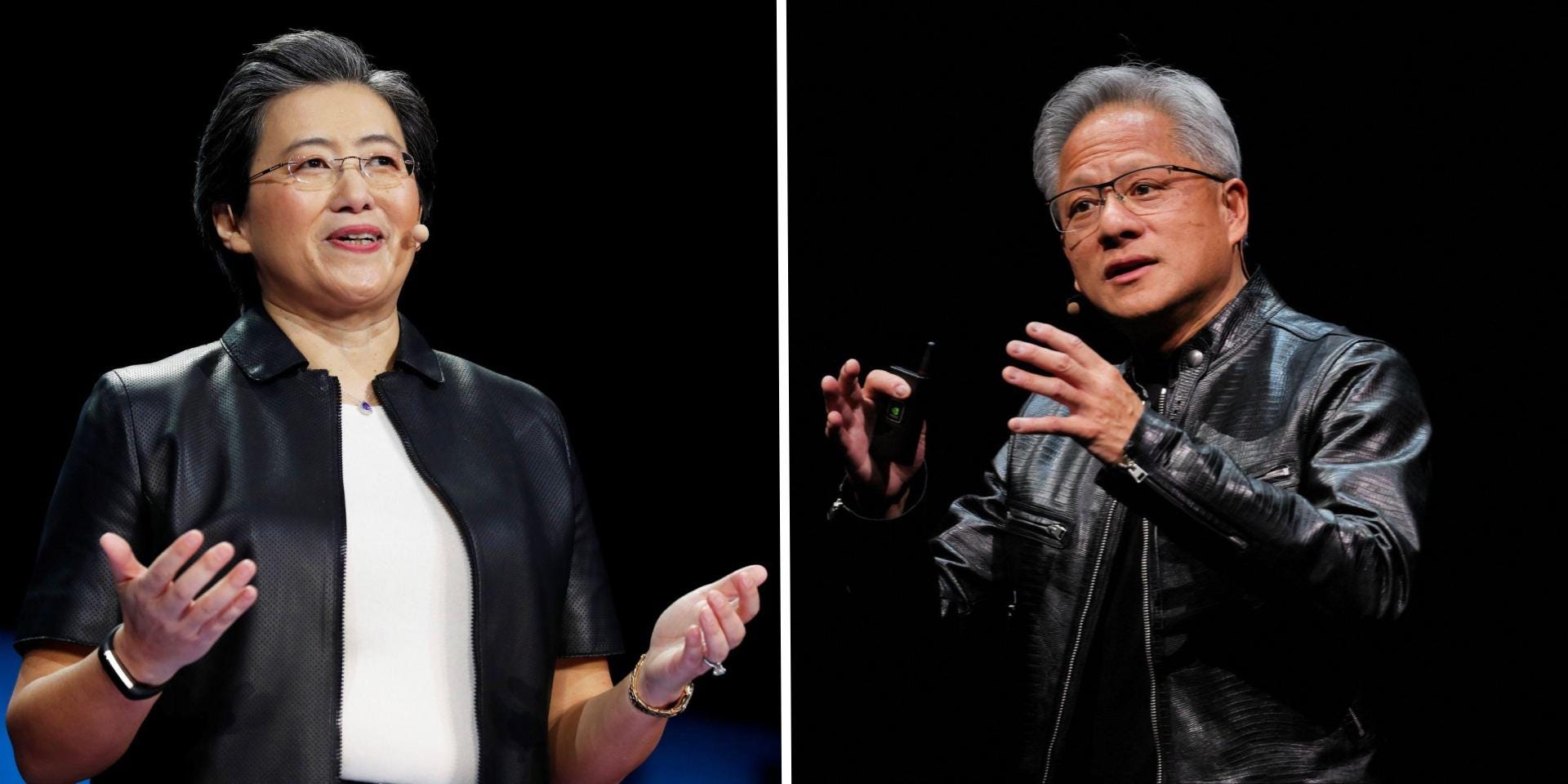
REUTERS/Ann Wang
Su and Jensen Huang, the CEO of Nvidia and the biggest competitor to AMD, are actually related. They are first cousins, once removed, with Huang being the elder. Su’s maternal grandfather is the eldest brother of Huang’s mother.
Despite both immigrating to the US from Taiwan as children, they did not grow up together and had never met until well into their respective careers.
Competition with Nvidia
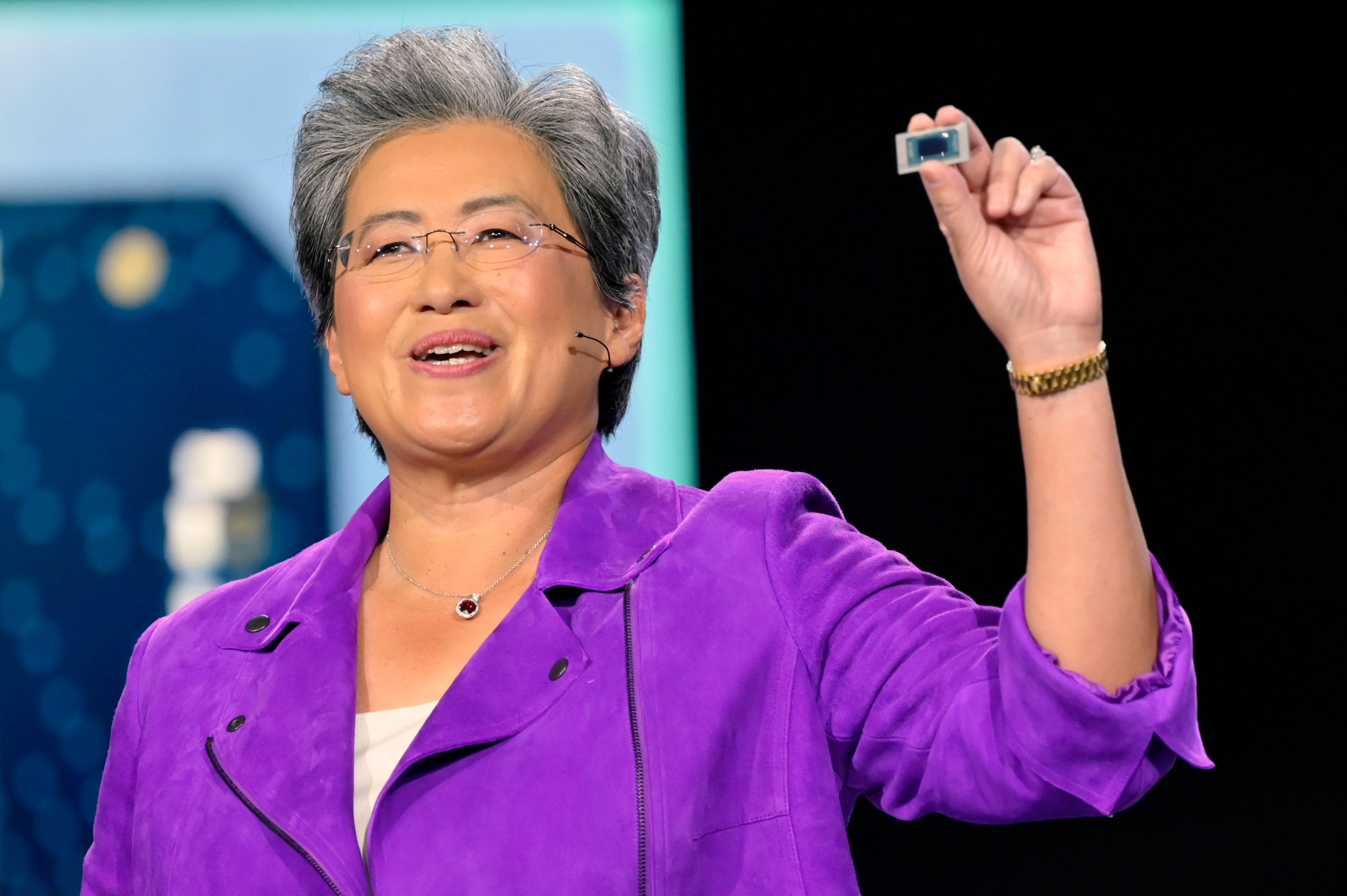
David Becker/Getty Images
AMD’s business has grown more than a hundred times since Su took the wheel, but it is still just a fraction of the size of the $4.4 trillion Nvidia.
When asked if she thinks she could outcompete Nvidia, Su told Wired in an August interview that she doesn’t necessarily want to be compared to Intel and Nvidia, because “the market is humongous” and she sees plenty of opportunities.
On September 18, Intel and Nvidia announced a strategic collaboration to develop AI infrastructure and personal computing products together, sending Intel shares up 23% as of market close on the same day and denting AMD’s stock. The collaboration is anticipated to create significant pressure on AMD by combining Nvidia’s AI expertise with Intel’s hardware.
Su’s approach to criticism
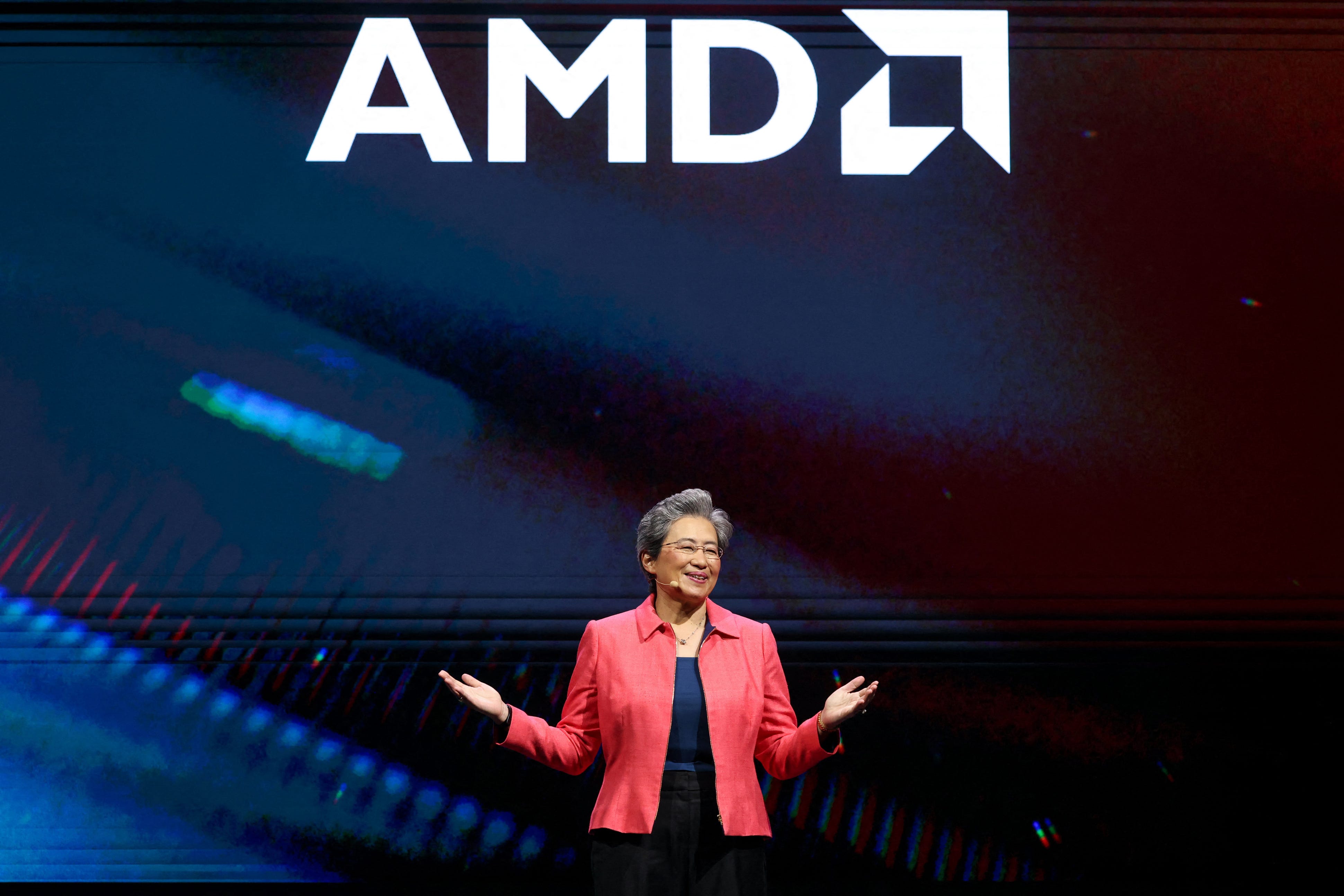
I-Hwa CHENG / AFP
In March, a team of analysts from SemiAnalysis published a report that AMD’s graphics processing unit is still inferior to that of Nvidia’s, because AMD’s existing software is preventing the chip from reaching its full potential.
But Su was not angry. Instead, she hopped on a 90-minute call with the SemiAnalysis’s lead analyst the next day to hear him out.
“Feedback is a gift even when it’s critical,” Su wrote in a post on X after the call, “We have put a ton of work into customer and workload optimizations, but there is lots more we can do to enable the broad ecosystem.”
Export controls on China
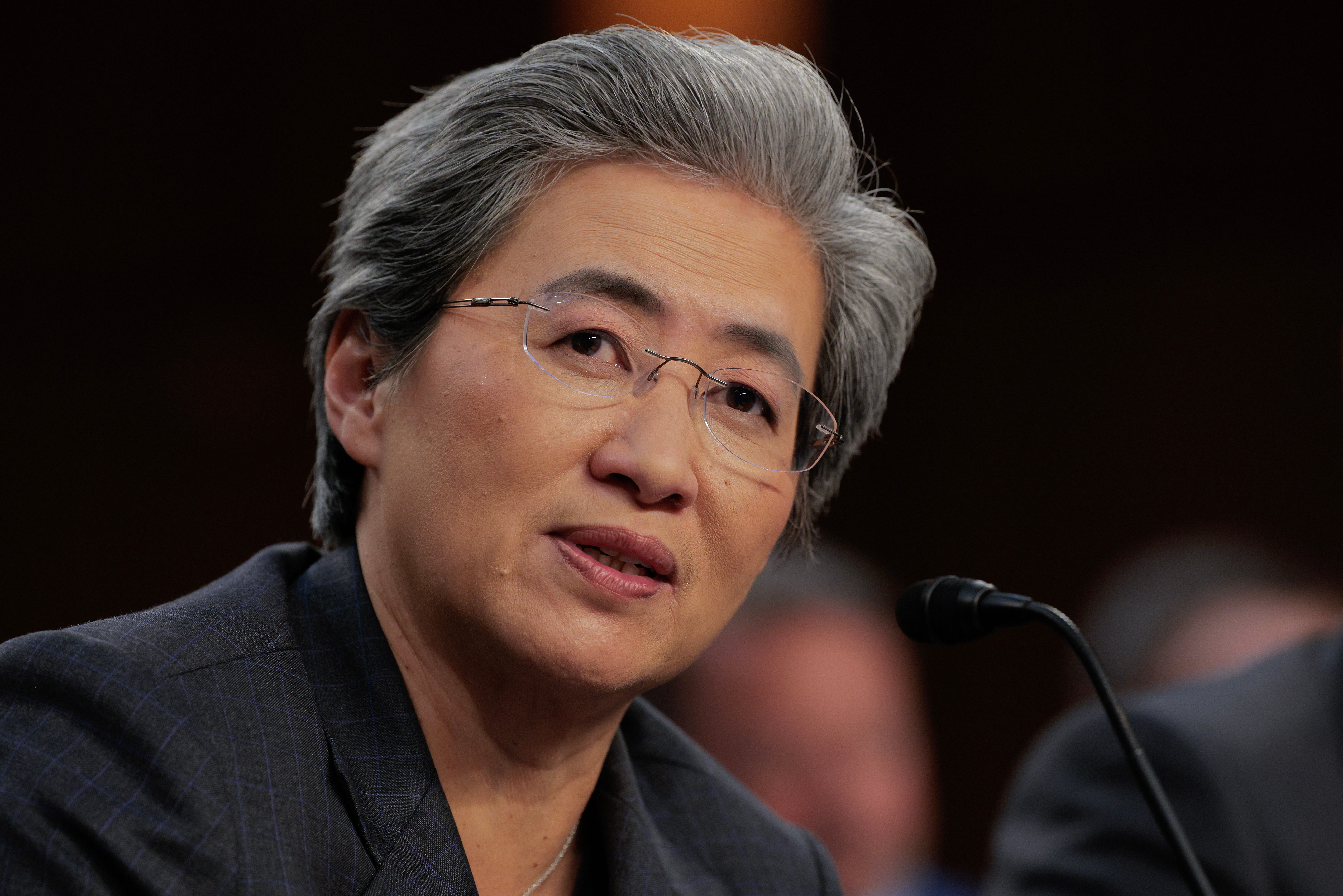
Chip Somodevilla via Getty Images
Similar to Nvidia’s H20 chips, AMD has developed chips specifically for the Chinese market in response to past US export control regulations, namely the MI308 AI chips.
In April, AMD estimated that the company would take a $800 million hit in revenue after Trump announced more stringent chip export controls that would ban MI308 from reaching its intended market.
“We lead today because we have the best technology. However, if we’re not able to fully have our technology adopted in the rest of the world, there will be other technologies that will come to play,” said Su in a US Senate hearing in May regarding export controls. “They may not be as good as we are today, but frankly, usage really spurs innovation.”
In July, the restriction was lifted, and AMD said it would resume compliant shipments to China. By September, both Nvidia and AMD agreed to share 15% of their revenues from chip sales to China with the US government, in exchange for maintaining their export licenses.
The Rose Garden dinner
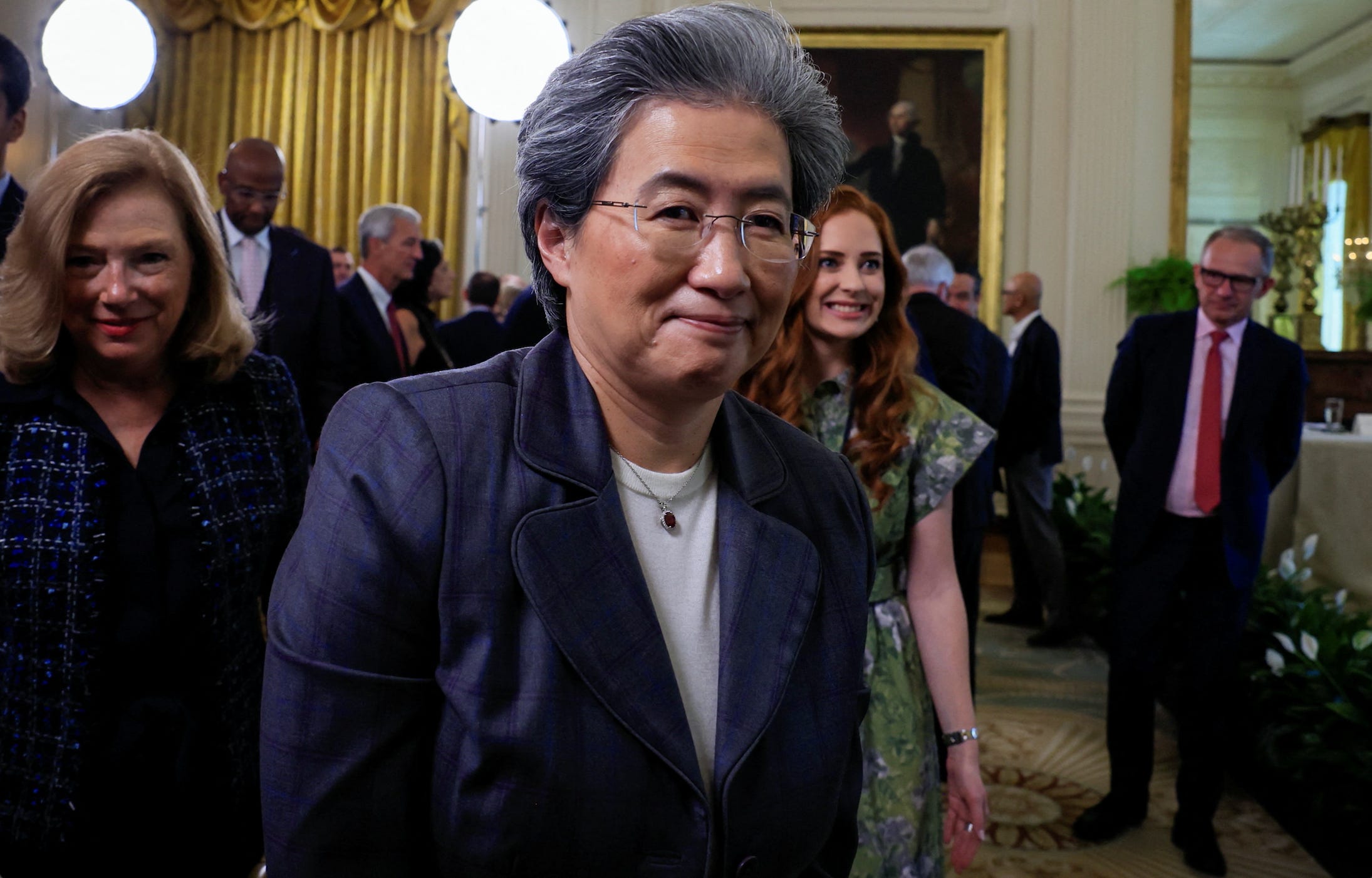
REUTERS/Brian Snyder
On September 4, Su attended an AI task force meeting at the White House, led by first lady Melania Trump, and subsequently attended a dinner event hosted by Trump alongside some of the biggest names in tech, including Microsoft cofounder Bill Gates, Apple CEO Tim Cook, and Meta CEO Mark Zuckerberg.
Su had previously endorsed the Trump administration’s AI Action Plan, though she was not a member of a formal advisory board. In a September interview with Fox Business, Su said the AI Action Plan is an “excellent blueprint for what it takes for America to lead.”
The AI Action Plan has faced criticism for attempting to override state-level AI governance and withholding AI infrastructure funding from states with more stringent regulations.
Read the original article on Business Insider
The post Meet Lisa Su: CEO and president of Advanced Micro Devices, the main competitor to Nvidia appeared first on Business Insider.




